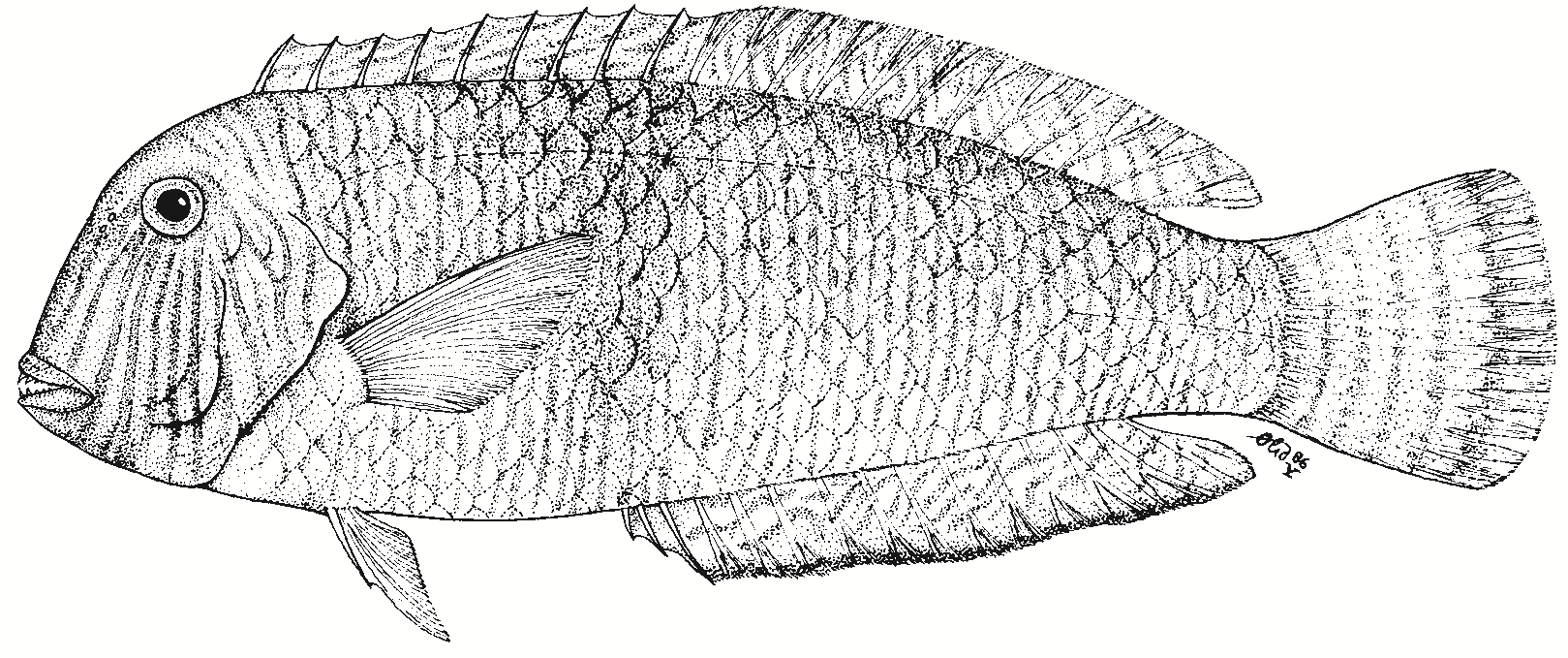Xyrichtys novacula, commonly known as raor in the Balearic Islands and galán in other parts of the Mediterranean, is a marine fish belonging to the family Labridae. Its scientific name derives from the Greek ‘xyrichtys‘, meaning ‘sharp fish‘ or ‘cutting‘, and from the Latin ‘novacula‘, which translates as ‘razor‘, referring to its flattened, sharp body that enables quick movement through the water or rapid burial in the sand. This species is mainly found in the Mediterranean Sea and the eastern Atlantic, ranging from Portugal down to the coasts of Senegal, including the Canary Islands and Madeira. It prefers sandy areas near Posidonia seagrass beds and shallow waters from 1 to 50 meters deep.

Xyrichtys novacula has a laterally compressed, elongated body, typically ranging between 15 and 25 cm in length, although individuals can reach up to 30 cm. A distinctive morphological trait is its head and mouth shape, resembling a razor blade, which allows it to quickly dig into sandy substrates to hide from predators. Its coloration varies from pinkish to brown tones, with bluish and greenish reflections, especially noticeable in males during the breeding season. Males may also display diffuse vertical bands along their sides. The dorsal and anal fins are long and follow the body line, while the caudal fin is somewhat rounded. This species can be distinguished from similar fishes by its much thinner and more elongated body and its ability to bury rapidly in the sand.
Xyrichtys novacula is carnivorous, feeding mainly on small benthic invertebrates such as crustaceans, molluscs, and bristle worms. Its diet is varied, allowing it to adapt to different habitats and food sources. It is an active hunter, searching for prey on the seabed and using its beak-shaped mouth to capture them among the sand grains. Its ability to bury itself not only protects it from predators but also enables it to ambush prey by suddenly emerging from the sand.
Reproduction in Xyrichtys novacula takes place during summer months, mainly between July and September. It is an oviparous species with marked sexual dimorphism, where males acquire brighter colors during the breeding season to attract females. Fertilization is external: eggs are released into the water and float until hatching. Larvae are planktonic in early stages, developing in the water column before settling on the bottom as juveniles. No notable parental care behavior has been observed; eggs and larvae are vulnerable to predation until they grow large enough to bury themselves in the sand for protection.
An interesting fact about Xyrichtys novacula is its exceptional camouflage ability and rapid sand-burying behavior when threatened, making it difficult to observe in its natural environment. In the Balearic Islands and other Mediterranean areas, the raor is highly valued in both recreational and commercial fishing due to the delicacy and flavor of its meat, considered a local culinary delicacy. For this reason, fishing is regulated in many areas, with catch limits and closed seasons to ensure the species’ sustainability.
Photos:


 from
from